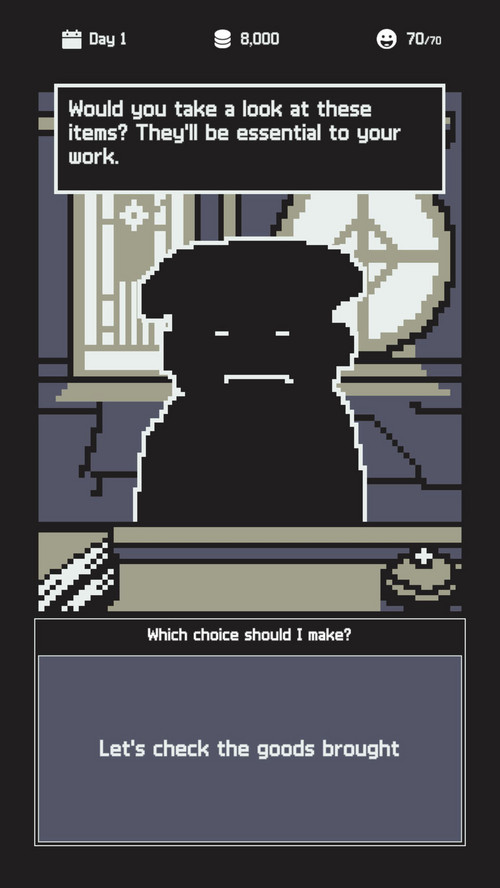What I've Learned After Launching My First Game

1. Get feedback from players as early as possible
I went through two major design changes and launched a third version of the game. I had almost completed the second design and had people play the demo version, but once I had them play it, I realized that they didn’t play the game the way I intended, they didn’t understand the game rules and mechanics, and most importantly, it wasn’t as much fun as the game we’re launching now. So I decided to change the game design again.
For the third iteration of the game, I thought it could save time if I could test the game as early as possible. So I used a Figma design prototype to get people to usability test it faster before I even wrote any code, so I could see how I needed to change the game design and what I needed to improve. Since it’s not a working game, I could get a lot of unexpected and fun ideas from people. For example, there’s a part where you put in materials to make a certain weapon tier, and the testers said, “If I put an item in here, does it get better the more I put it ” I remember being inspired by that.
Since I was a developer for years before I started to develop a game, I felt for the first time that it was a challenge to design something that the user would perceive as intended through testing with this Figma prototype. I iterated, tested, and improved until the player was able to recognize how to play even if they didn’t know the detailed context.
2. It’s just as important to marketing your game as it is to make it well
I’ve always been a person who focuses on developing good software, so getting the word out about what I’ve made and reaching out to people is something I’m not used to or good at. People tend to spend their focus and energy on what they are comfortable with and good at. So game development is something I’ve spent a lot of time on because I felt comfortable with it. On the other hand, marketing and branding were things I hadn’t done before, so despite their importance, I didn’t spend much time and energy on them.
I realized that if I were to develop a solo game, I would have to invest time in these areas and allocate time to study and execute.
When I started working on the game, I started using Twitter again, but I hadn’t really thought about what I should be writing about, so I was stuck.
I thought that I should post tweets that other people can get something out of, so I thought I should share my feelings, thoughts, and development progress while working on the game, as well as things I learned from reading books and playing games.
3. I was really happy when someone enjoyed playing my game.
Making a game can be hard at times, but when people played my game and told me they enjoyed it, I was really happy.
For me, it’s really exciting to create a virtual world from my imagination. Virtual worlds may seem like a bit of a stretch, but the store and people in my game are also worlds. I feel pride and pleasure from playing my games and seeing people there giving me feedback or imagining different things. Ten years from now, when I was in my mid-20s, my dream was to create open-source software that many people would find useful. Creating a service feels different from creating a game. Services focus on utility and problem-solving rather than pleasure and emotion. When I see other people emitting various emotions, I feel happy too. At the end of the day, I want to do something that makes me feel fun and happy, and I want other people to get the same feeling of happiness and enjoyment.
Weird Store
Run a store by crafting items. It's not a tycoon game, it's a survival game
| Status | Released |
| Author | Zeff Dev |
| Genre | Simulation, Strategy, Survival |
| Tags | Indie, Pixel Art, Singleplayer, Unity |
More posts
- v1.1.3 Update | Weird StoreAug 14, 2023
- Thoughts after self playtest my game in the view of game balanceJul 19, 2023
- Game Design Preview for the Next Updates 1.1.0Jun 12, 2023
Leave a comment
Log in with itch.io to leave a comment.